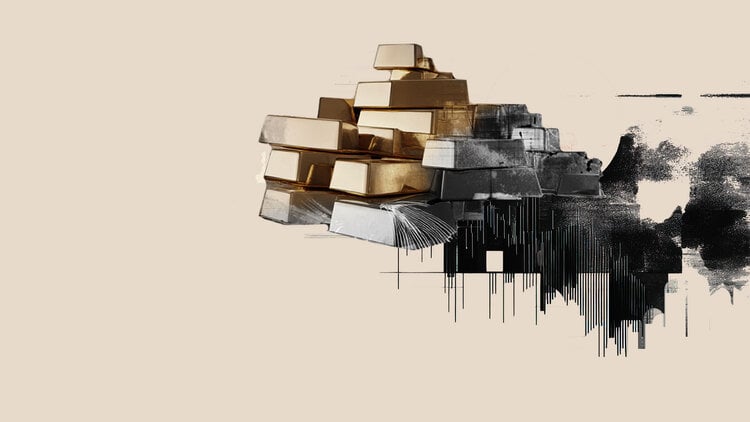- Silver prices break technical psychological resistance at $35.00, pushing prices to their highest level since February 2012.
- Interest rate expectations and the direction of the US Dollar help drive Silver prices.
- Safe-haven demand continues to rise as investors seek refuge against tariffs and trade uncertainty and softer US labour market conditions.
Silver (XAG/USD) surged sharply on Thursday, rallying nearly 4% intraday and reaching their highest level in more than a decade, as precious metals continue to attract investors amid escalating trade tensions and increased US Dollar outflows.
A weakening US Dollar (USD) has made Silver more attractive for buyers, while intensifying trade tensions, rising tariffs, and broader economic uncertainty have reinforced the metal’s appeal as a traditional safe-haven asset.
After rising above $36, a level not seen since February 2012, the Relative Strength Index (RSI) surpassed 69. Although this is indicative of strong bullish momentum, it also serves as a potential warning that prices are nearing overbought territory.
Interest rate expectations provide an additional tailwind for Silver
While the economic outlook remains uncertain, central banks are moving away from the restrictive monetary policies, which have caused interest rates to decrease throughout the year.
This has provided an additional boost for Silver prices, which do not yield any returns from holding the metal.
With the ECB announcing a 25 basis-point (bps) rate cut on Thursday, the US Federal Reserve (Fed) is facing pressure to lower rates in response to softening economic data, particularly in the US labour market.
On Thursday, US Initial Jobless Claims rose to 247,000 for the week, which was higher than last Thursday’s 240,000 print and above analyst expectations of a 235,000 increase. As investors look ahead to Friday’s Nonfarm Payrolls (NFP) figure, which will provide additional insight into the resiliency of the US labour market, these releases are crucial in shaping interest rate expectations for the Fed.
Silver FAQs
Silver is a precious metal highly traded among investors. It has been historically used as a store of value and a medium of exchange. Although less popular than Gold, traders may turn to Silver to diversify their investment portfolio, for its intrinsic value or as a potential hedge during high-inflation periods. Investors can buy physical Silver, in coins or in bars, or trade it through vehicles such as Exchange Traded Funds, which track its price on international markets.
Silver prices can move due to a wide range of factors. Geopolitical instability or fears of a deep recession can make Silver price escalate due to its safe-haven status, although to a lesser extent than Gold’s. As a yieldless asset, Silver tends to rise with lower interest rates. Its moves also depend on how the US Dollar (USD) behaves as the asset is priced in dollars (XAG/USD). A strong Dollar tends to keep the price of Silver at bay, whereas a weaker Dollar is likely to propel prices up. Other factors such as investment demand, mining supply – Silver is much more abundant than Gold – and recycling rates can also affect prices.
Silver is widely used in industry, particularly in sectors such as electronics or solar energy, as it has one of the highest electric conductivity of all metals – more than Copper and Gold. A surge in demand can increase prices, while a decline tends to lower them. Dynamics in the US, Chinese and Indian economies can also contribute to price swings: for the US and particularly China, their big industrial sectors use Silver in various processes; in India, consumers’ demand for the precious metal for jewellery also plays a key role in setting prices.
Silver prices tend to follow Gold’s moves. When Gold prices rise, Silver typically follows suit, as their status as safe-haven assets is similar. The Gold/Silver ratio, which shows the number of ounces of Silver needed to equal the value of one ounce of Gold, may help to determine the relative valuation between both metals. Some investors may consider a high ratio as an indicator that Silver is undervalued, or Gold is overvalued. On the contrary, a low ratio might suggest that Gold is undervalued relative to Silver.

